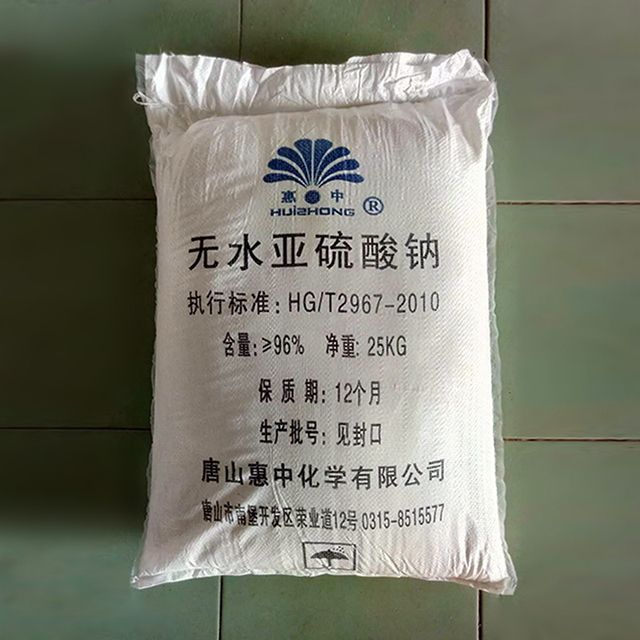What are the roles of anhydrous sodium sulfite and sodium chlorite in sewage treatment:
Sodium chlorite:
Sodium chlorite is easily soluble in water (34% at 5°C; 46% at 30°C). Anhydrous substances do not differentiate when heated to 350°C, and general products contain a certain amount of moisture, but when the moisture is heated to 180 to 200°C, they will differentiate. The alkaline aqueous solution will be more stable to light, and the acidic aqueous solution will also undergo explosive differentiation under the influence of light, releasing chlorine dioxide-a strong oxidant. The oxidation capacity of sodium chlorite is 4, 5 times that of bleaching powder, which is bleaching powder. 2 to 3 times. Contact with a few burning objects or mixing with organic substances may cause an explosion, but anhydrous sodium sulfite is not the same.
Anhydrous sodium sulfite:
Anhydrous sodium sulfite is a white hexagonal prismatic crystal powder with a little sulfur smell. It is dissolved in water when used (at 0℃, 12.54g/100ml water; at 80℃, 283g/100ml water), at 33. The hourly solubility will reach about 28%, and the aqueous solution after the dissolution of anhydrous anna is alkaline, with a PH value of about 9 to 9.5. The solubility in ethanol is not as good as water, but it is not soluble in liquid chlorine and ammonia. It is easily oxidized to sodium sulfate in the air, and it will differentiate into sodium sulfide when exposed to high temperature. It is a kind of strengthening reducing agent. It will react with sulfur dioxide to form sodium bisulfite, and react with strong acid to form corresponding salt.
Under normal circumstances, anhydrous sodium sulfite is used as a reducing agent, and sodium chlorite is used as an oxidizing agent.
The process of sewage treatment is a very demanding process. It is necessary to select physical, biological, and chemical professional methods to treat industrial wastewater and daily sewage to separate solid pollutants and water in sewage, and also to reduce organic pollutants and other pollution in water. Substances (mainly nitrogen and phosphorus compounds), thereby reducing pollution to the environment and atmosphere by sewage discharge.

◆ Export Business Department Ⅰ:Mr.Steven Sun
+86-15822712322
E-mail:steven@huizhongchem.com
◆ Export Business Department Ⅱ:Ms. Katherine Yang
+86-13752275385
E-mail:katherine@huizhongchem.com
◆ Factory add.:Nanpu Economic and Technological Development Zone,Tangshan
Office add.:A1-406,TEDA New Skline Mansion,No 12 Nanhai Road,TEDA Tianjin
![]()
